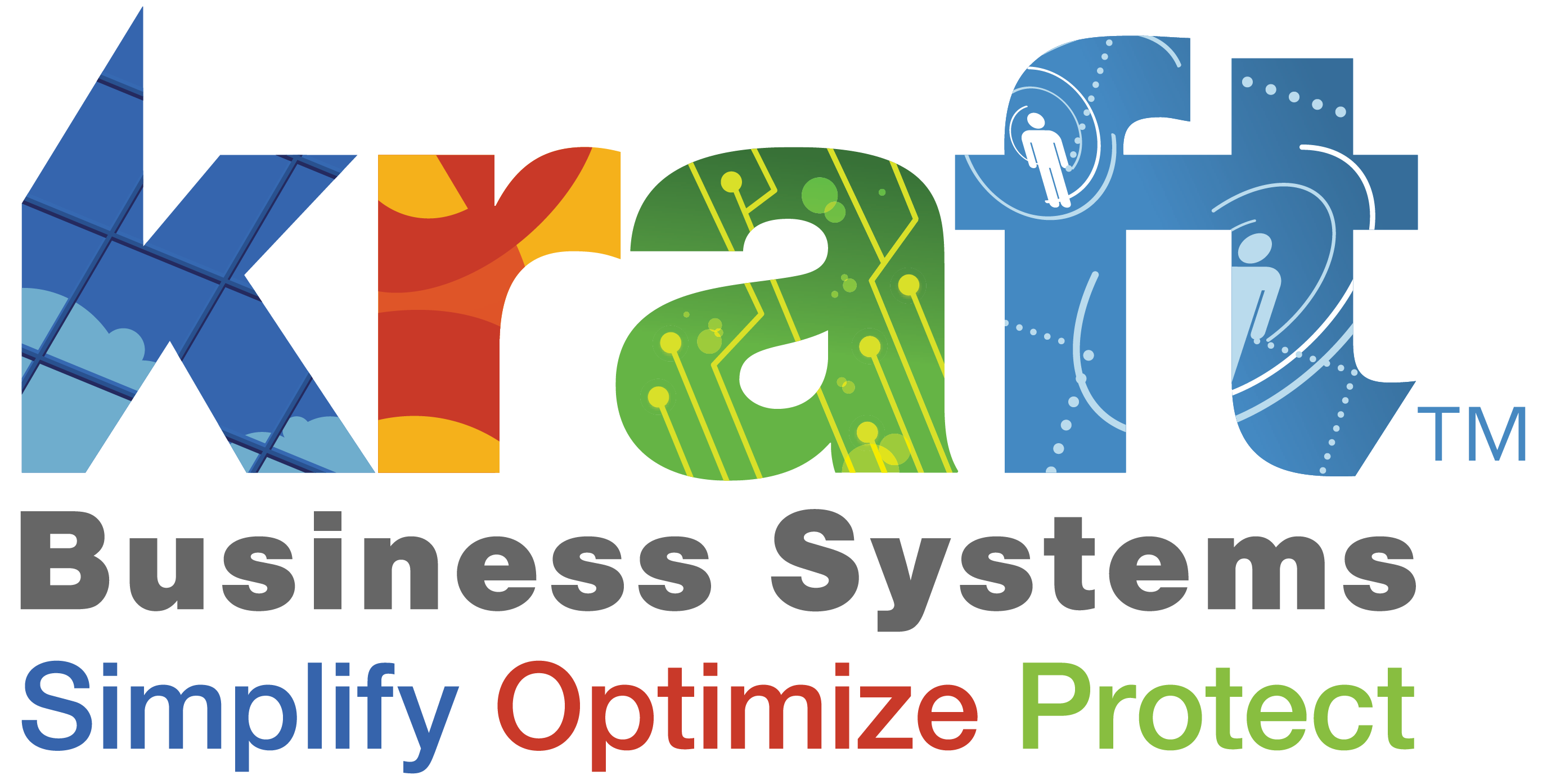Have you ever wondered about the risks associated with the vast amount of data your company generates? From online interactions to personal information and browsing habits, every digital action leaves behind a trail of data called “digital exhaust.” Businesses beware: this data footprint poses substantial risks if not properly managed and secured. So, how do you safeguard your organization’s data? Join us as we provide practical strategies to effectively mitigate the risks associated with digital exhaust.
The Dangers of Digital Exhaust
Digital exhaust can be attributed to any device connected to the Internet of Things (IoT) and is comprised of various components, including online interactions, personal information, and browsing habits. Everything from our social media posts and emails to our website visits and searches leave behind a trail of valuable data for cybercriminals prey upon.
Cybercriminals use digital exhaust to gather information and exploit it for malicious purposes. If your data is exposed, this can lead to a plethora of potential problems, including identity theft, fraud, and ransom. Moreover, a data breach is a problem for workplace security because it could compromise company secrets, customer information, and financial data.
If this information doesn’t scare you, these numbers highlighting the fallout from digital exhaust surely will:
- Last year in the United States, the average cost of a data breach was a staggering $9.48 million.
- Security Magazine reports “66% of consumers would not trust a company following a data breach.”
With so much on the line, it’s clear proper data management is paramount to the safety and success of your business. Thus, you’ll need to implement the right safeguards to protect your company from the dangers of digital exhaust. Here are some practical strategies to consider…
10 Strategies to Mitigate the Risks of Digital Exhaust
1. Data Encryption
Data encryption techniques help protect data from unauthorized access. By encrypting data, even if it falls into the wrong hands, it remains incomprehensible without the decryption key.

Encrypting your businesses data is a best practice when it comes to safeguarding against cyberthreats.
2. Access Control Measures
Limiting access to data is crucial. Role-based access policies that provide employees with access only to the information they need to perform their jobs. This reduces the risks of an insider threat and accidental data exposure.
3. Regular Security Audits
Conducting regular security audits will identify vulnerabilities and potential breaches. Review access logs, monitor network traffic, and perform penetration testing to simulate cyberattacks. This allows for timely remediation for any potential security issues.
4. Employee Training and Awareness
Employees play a significant role in data security. Educate them on best practices for online security, such as using strong passwords, being cautious with email attachments and links, and implementing two-factor authentication. Emphasize the consequences of sharing sensitive information and maintain a culture of security awareness.
5. Data Minimization
Minimizing the collection and retention of data reduces the potential impact of a data breach and mitigates risks associated with storing unnecessary information. Carefully consider what data is essential and collect only the information necessary for specific purposes.
6. Regular Software Updates
Keeping software and security systems up-to-date is crucial. Run and install software updates and security patches to address any vulnerabilities and protect against new threats.
7. Incident Response Plan
Develop and regularly update an incident response plan so you have an organized and timely response in a security incident. Establish communication protocols, coordinate with relevant authorities, and conduct post-incident analysis to learn from the experience.

Having an incident response plan you can quickly act upon helps mitigate the impact of a cyberattack.
8. Data Privacy Policies
Clearly define and communicate data privacy policies to all employees. Ensure they understand the importance of adhering to these policies and the consequences of violating them.
9. Monitoring and Detection Systems
Implement monitoring and detection systems to identify suspicious activities within the organization’s network. These systems enable proactive measures and help deter potential threats before they escalate.
10. Collaboration with Cybersecurity Experts
Stay informed about the latest threats and trends by collaborating with cybersecurity experts like Kraft Business Systems. In doing so, you’ll gain insights into potential threats, guidance on emerging security measures, and help adopt cutting-edge security practices.
Turn Technology to Your Advantage: Manage Digital Exhaust with Kraft
The risks involved with digital exhaust are alarming, but with expertly managed data, you can lead your business with confidence. As cybersecurity experts, Kraft Business Systems is committed to helping businesses mitigate the risks associated with data exhaust. Through our IT solutions, we prioritize best practices and implement robust security measures, including data encryption, access control, and regular security audits.
Are you ready to protect your data, reduce risks, and stay ahead of emerging threats? Embrace Kraft’s expertise and ask us how we can fuel your organization’s growth and success.






